Many people only schedule air conditioning repair when their system breaks down. However, the reality is your air conditioner will often show signs of trouble before a complete breakdown that results in new AC installation. Noticing early problems and calling the experts at Watts Electric & AC to handle issues early can spare you the hassle and expense of a full AC system failure. More importantly, it can stop you from having to endure the hot and sweaty conditions created by having your AC stop working on a really hot day.
When you call us, our team of highly trained HVAC technicians will pinpoint what’s wrong, resolve the issue and get your system running again. We have extensive expertise and provide top-tier, cost-effective AC service for our community.
Why wait until your cooling system quits? Skip all that hassle by calling today to schedule AC repair in Columbia, MS, from Watts Electric & AC.
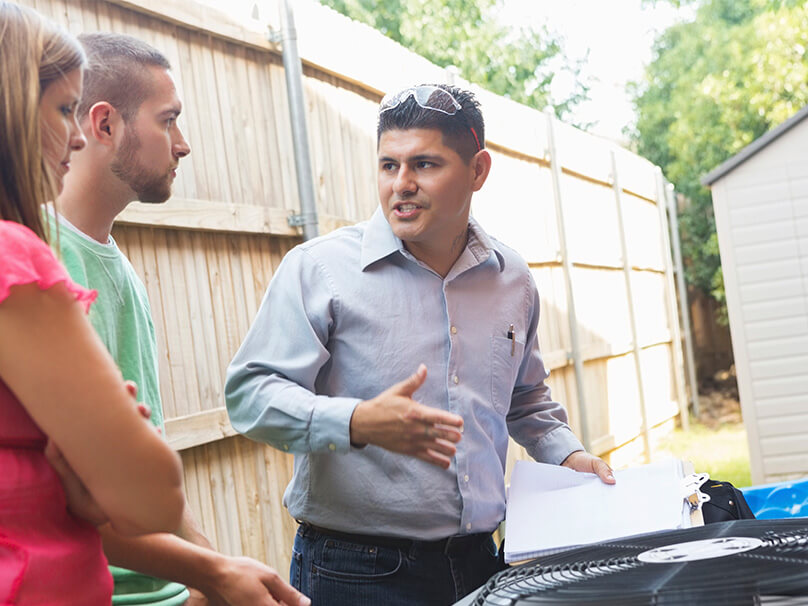
How to Know if You Need AC Repair
How can you tell if your air conditioner requires service? From a stinky smell to no cold air coming from the vents, there are many symptoms that your cooling system has a problem and needs attention or service.
Here are some red flags that trouble may be developing and it’s time to call an HVAC technician from Watts Electric & AC:
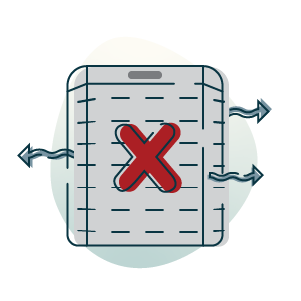
AC is blowing hot air
If heated air is flowing out of your AC unit instead of cool air, or if the air isn’t as cool as it should be, it’s a good idea to call us for professional cooling service.
AC frequently turns on and off
If your AC system cycles frequently instead of completing its normal cycle, it could be a warning of potential issues and should be looked at by one of our certified HVAC technicians.
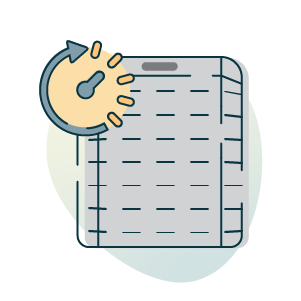
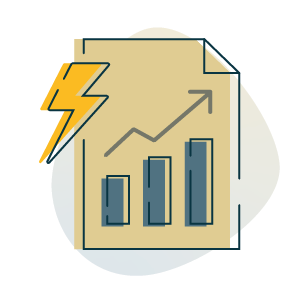
Home energy bills spike for no apparent reason
A big jump in your energy expenses can be a sign your AC unit is not running efficiently, which means it uses more energy to cool your home and needs AC maintenance or repair.
Strange odors are coming from your air conditioning
Air conditioners shouldn’t produce odors. Weird smells coming from your air conditioning system should be checked by an expert, as they can be a sign of problems like mold, mildew or even electrical issues.
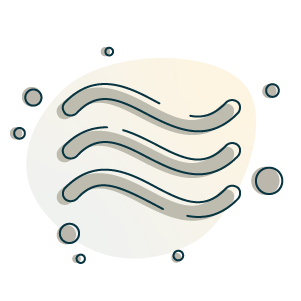
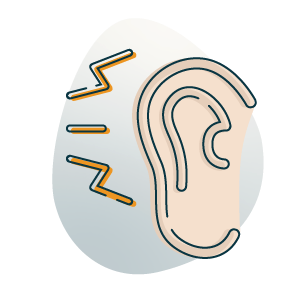
AC starts making noises
If you hear unusual noises when your air conditioning is running — banging, scraping or screeching, to name just a few — it’s important to call for professional HVAC service to evaluate your system.
Request Pro Air Conditioner Repair Right Away
When you need air conditioning service quickly, get in touch with the HVAC repair professionals at Watts Electric & AC. We’ll quickly figure out the trouble when your AC won’t run or provide sufficient cool air.
